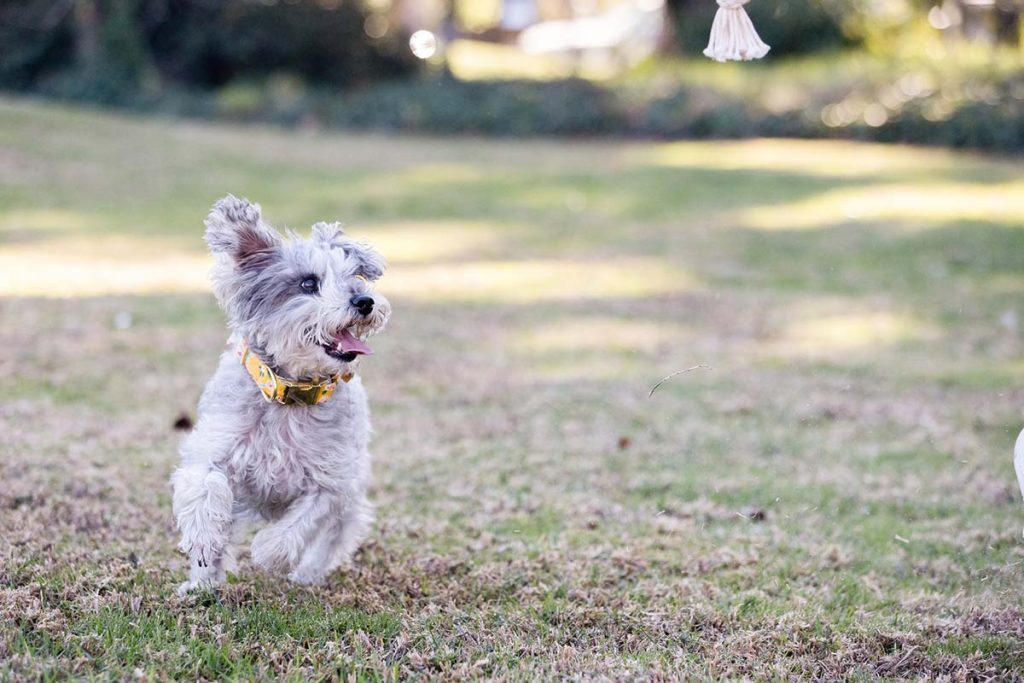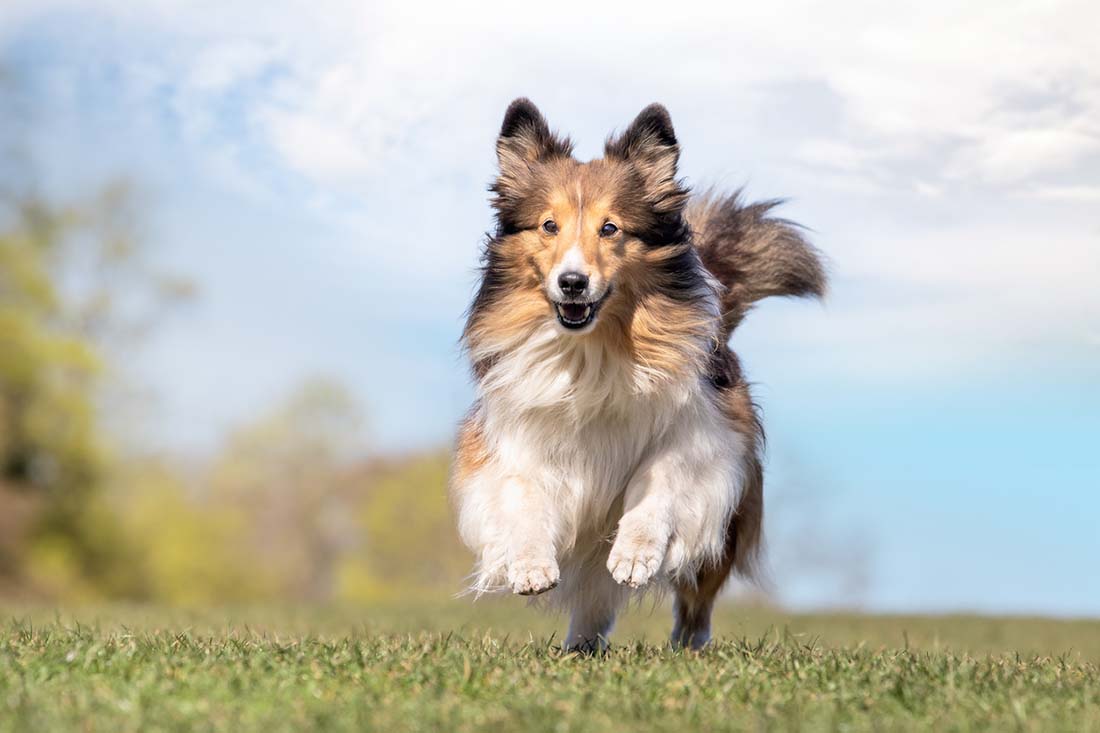Having a reliable recall command for your dog is important for both safety and the convenience of being able to let your dog off-leash. How to teach a dog recall? There are a number of training methods out there, but no matter which step-by-step process you choose, training a dog of any age to learn a new skill or task takes patience and dedication.
We know you want to keep your dog healthy and happy at every stage of training. Here are our best training tips for how to teach a dog recall.
What Is Reliable Recall For a Dog?
Reliable recall is when you give the command for your dog to come and they’re consistently able to follow that command. A dog’s recall is considered “reliable” when you feel you can trust that they’ll come when they’re called, whether it’s by verbal cue, hand gesture, or both.
All dogs are capable of becoming distracted or forgetting their training here or there, but being able to reliably call your dog to come back to you can be a lifesaving skill.
Aside from recall being an important command to have down to keep your dog safe, it’s also key for being able to responsibly let your dog off leash at places like dog parks, public beaches, or in yards or fields that aren’t fenced in. When you can trust your dog’s recall, you’ll feel much more comfortable letting them off-lead and knowing they’ll come back to you when it’s time.
Why Should You Teach Your Dog Recall?
Being able to call your dog back to you for any reason is essential if you want to be able to safely let them off leash. Knowing they’ll come back to you at your command can help get them out of potentially dangerous situations.
You might be at the dog park enjoying some off-leash fun when things become tense, and the safest thing is for dogs to be leashed. Most dog owners can relate to a time when they’ve run into other dogs that they wish had been put on leash sooner. Mastering recall with your dog can help avoid situations like these for you and your pup.
Training recall in your dog will be a huge help to you in a number of real-life situations. Another situation where the recall cue becomes a safety command might be walking down the street and losing grip on your dog’s leash, or if they take off after something exciting like a squirrel or a bird and you need to call them back.
Tips For Successful Dog Recall Training

There are a few things you’ll want to keep in mind when you’re ready to start recall training with your dog. Above everything else, remember that learning something new takes practice and patience. These tips and training techniques will help set you and your dog up for recall training that sticks.
1. Keep Training Sessions Short At First
Keeping training sessions short when you first start teaching your dog recall is the best way to make sure neither of you gets burnt out. Especially when training puppies or younger dogs who are full of energy and need a lot of playtime to burn it off, focusing on one task too long can become ineffective after a while and lead to behavioral issues. Despite their best intentions, dogs have a limited attention span and can typically only stay focused on one task for about 15-20 minutes.
2. Limit Distractions
Keeping your dog’s attention is important when you’re working on training a new command, and a low-distraction environment is the best way to stay on task. To start recall training, choose an environment with few distractions where you and your dog can really focus. Their level of distraction will certainly have an impact on your level of training success.
The dog park or public places where other dogs, people, or animals might be present can be challenging places to teach a dog recall or any new skill. With too many stimuli, what you envision as a training session might become a fun game of running away with your dog. Environments without distractions might be in your own backyard or house, or an empty sports field where other dogs aren’t playing or exercising.
3. Teach A Verbal Cue And A Hand Gesture
Teaching both a verbal cue and a hand gesture is another strategy for teaching your dog how to have great recall. Body language plays a big part in communication between humans and dogs. Giving your dog two ways to interpret your command will ensure they perform the task more reliably.
Choose a clear, short recall word like “come” or “here” to be your verbal command instead of calling your dog’s name. Having a cue word that’s specific to the situation of recalling your dog means they’ll know exactly what you’re trying to tell them every time.
Having a verbal command and a hand signal to tell your dog to recall helps in a case where your dog might not be able to see you give the hand gesture, hopefully, they’ll still hear the verbal cue. On the other hand, if they can’t hear you, they’ll be able to follow the hand signal and come running back to you like a good boy or girl.
4. Use Positive Reinforcement
Positive reinforcement is the number one way to shape your dog’s behavior. Using a high-value reward and lots of praise are excellent incentives for your dog to keep performing the desired task, in this case following the recall command. High-value treats are typically “extra special” treats that you wouldn’t give to your dog outside training sessions, and are more enticing than boring kibble.
You can also use a clicker with your dog while training them to have a good recall to communicate positive reinforcement in a non-verbal way. Just make sure your pair it with a treat initially to show your dog that the sound of the click is a good thing!
5. Be Consistent With Training Sessions
While training sessions should be kept short to keep your dog from becoming unfocused, one of the most important things is to make sure you’re consistent with recall training. Learning a new command takes a lot of practice, and repetition is the best way to teach a new skill and make sure it sticks.
Until your dog really starts to get the hang of recall, keep up with practice training sessions. Your most furry family member holding training class at the same time every day also creates predictability for your dog to look forward to. They’ll know what to expect when it’s time for recall training when you’re able to create a routine for your dog to anticipate.
6. Consider Dog Recall Training Classes
Professional dog training can be helpful in teaching your dog all kinds of new commands, including teaching your dog recall. Working with a professional dog trainer takes the guesswork out of training your dog to have a reliable recall.
Dog training classes can help you teach your dog other skills or commands, and help you to manage and mitigate less than desirable behaviors that some dogs struggle to let go of.
